Online Safety and Cyber Bullying
ICT is an everyday part of people’s lives and schools are making increasing use of new technology. At Ashfield School we have systems in place to protect your children. We urge all families to enable security settings on home devices to help protect your children online.
We recognise that we encourage students to go online for work out of school where there is less supervision and they have more freedom.
Key Rules
Children should ideally only add on social media sites people they know and trust in real life.
Some predatory paedophiles can convincingly pose as another teenager and may spend months or years ‘grooming’ the victim until they meet face to face.
Don’t ban children from these sites; they will just use them at friend’s houses or on their phone, personal media player or hand-held games console.
Take an interest and suggest they add you as a friend so you can keep an eye on them when they first join.
Have the main computer in a communal area of the home where there is passive supervision and be reasonable about time online. Talk if you feel it’s getting out of hand (but remember how many hours you spent watching TV when you were their age – the internet is at least active not passive and they can learn a lot from it.
If they have a wireless laptop and you want to stop them going online after a quota of hours is up, unplug the ‘router’ where the phone line comes into the house.
CEOP
The CEOP report button is the online equivalent of dialling 999.
We need to train young people, just like we do with 999, to recognise it and know how to use it if they need to.
Look out for good websites that have the button built in.
Some websites refuse to add the button, so visit direct: www.ceop.police.uk
Online bullying
Cyber bullying is the use of the Internet and related technologies to harm other people, in a deliberate, repeated, and hostile manner.
Children can be unkind to each other online. Bullying is not new but the technology has changed making it is easier to track and prove who is responsible.
If you suspect your child is having a problem, the evidence will be on your computer. If you can print off copies of messages and screen shots of web postings (ctrl + prnt scrn) we can investigate.

